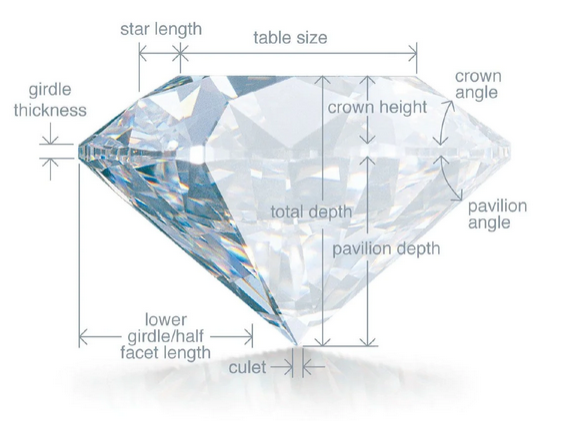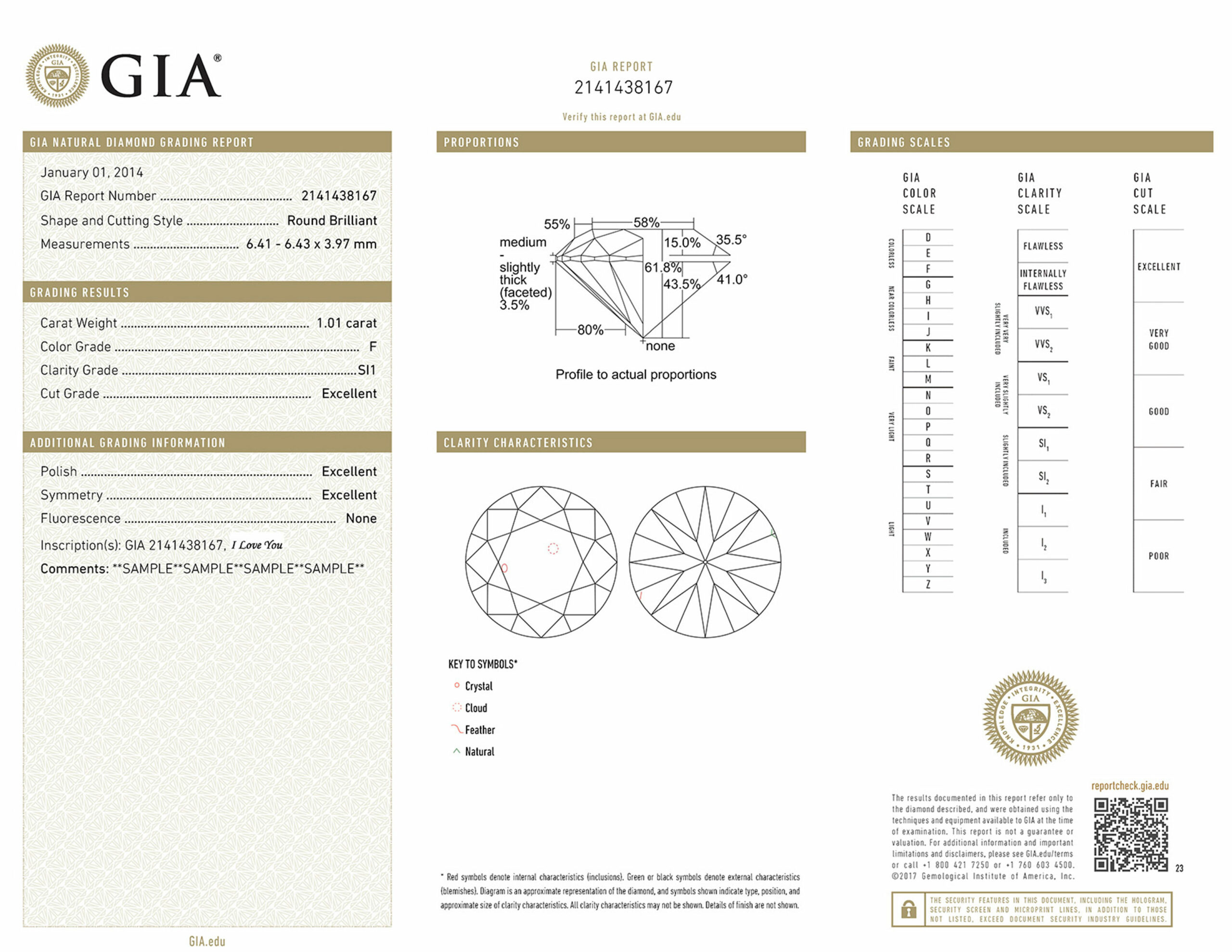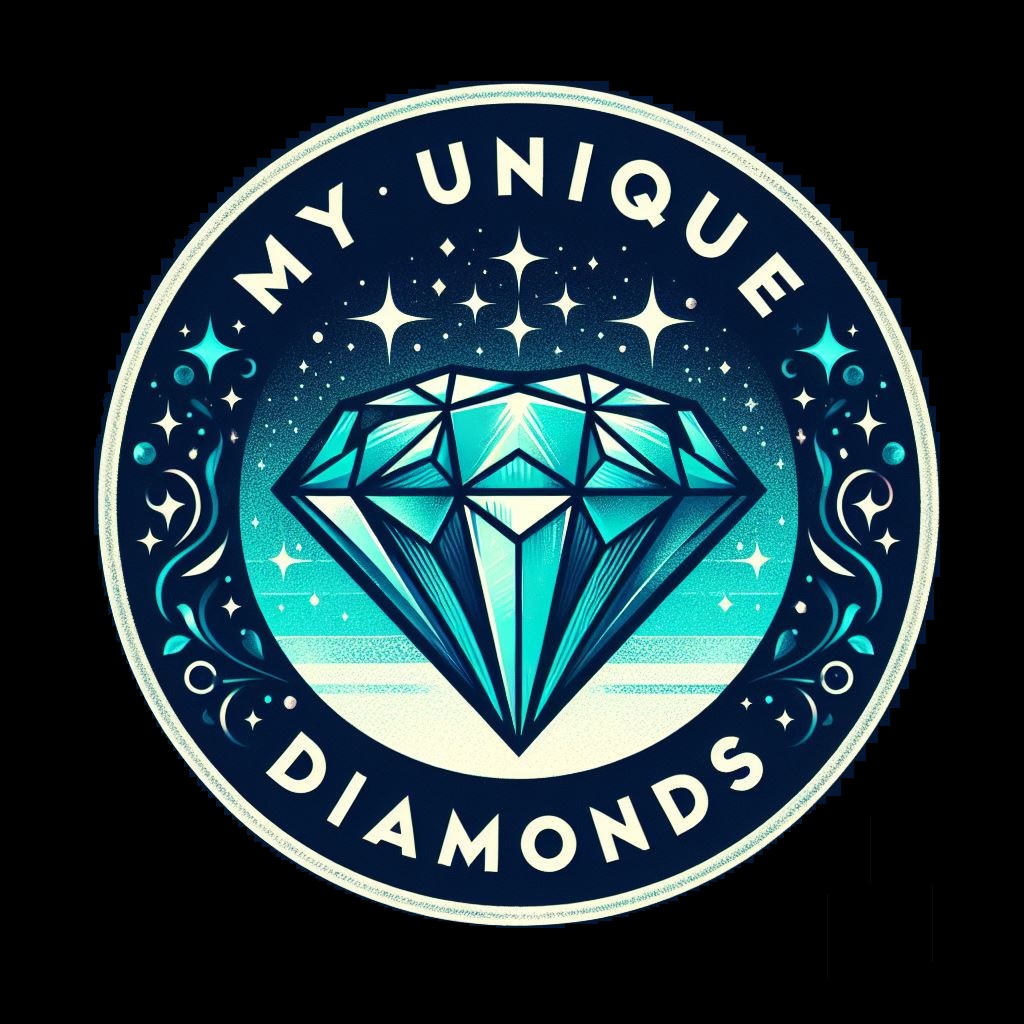I’m going to walk you through why diamond grading isn’t just a fancy term tossed around by jewelers but a crucial aspect that underpins the gemstone’s value. Grading a diamond is like giving it a resume that tells you exactly what to expect in terms of quality and beauty.
Now, what’s at the heart of this grading system are the universally accepted standards known as the 4Cs: Carat Weight, Cut, Color, and Clarity. Each of these categories plays a pivotal role in assessing a diamond’s overall quality. Think of the 4Cs as a personal profile that highlights the strengths and unique characteristics of a diamond.
Carat Weight measures how heavy your diamond is, directly influencing its price tag. Cut involves the skill and precision in crafting the diamond to maximize its sparkle. A well-cut diamond means more glimmer and gleam. Color is all about how colorless the diamond is, with the most sought-after stones having no hue at all. Clarity evaluates the natural imperfections, known as inclusions, and how they affect the stone’s transparency and brilliance.

This isn’t just about assessing beauty in a subjective way; it’s also about understanding the diamond’s journey from deep within the Earth to its ultimate resting place – perhaps on a ring on your finger. Every step of the way, grading helps determine a diamond’s market value and reassures you of your investment.
By the end of this section, you’re going to have a solid foundation in the basics of diamond grading. That is going to set the stage for the next crucial topic: diamond certification. Certification is where science and standards come together to officially document a diamond’s quality. You’ll find out how experts evaluate and certify diamonds, and why this should matter to you as a buyer.
The Science and Standards behind Diamond Certification
Now what is a big deal when it comes to diamonds? That’s going to include their certification. Imagine it as a birth certificate for your precious stone, detailing its attributes and authenticity. This isn’t just about providing peace of mind; it also preserves the diamond’s value.
A handful of organizations lead the charge in diamond certification. You’ve probably heard of the Gemological Institute of America (GIA), the granddaddy of them all, known for stringent standards and consistency. There’s also the American Gem Society (AGS), which is revered for its scientific approach to cut grading. On the other hand, the European Gemological Laboratory (EGL) and the International Gemological Institute (IGI) offer more accessible services, often at a quicker pace. Additionally, there is the Hoge Raad voor Diamant (HRD), or Diamond High Council. Based in the Diamond District in Antwerp, it is a prestigious academy of gemology and diamond grading.

When you hold a certification report, you’re armed with a wealth of information. This document includes an analysis of the 4Cs, but dives deeper to document the diamond’s fluorescence, polish, symmetry, and even detailed diagrams. Understanding how to read this report is crucial because it tells you exactly what you’re getting, and that’s essential in ensuring that you pay a fair price.
Having a diamond certified does come at a cost, but I believe it’s a worthwhile investment. It’s like choosing a car based on a thorough inspection report rather than just a quick glance. Yes, certification contributes to the price of a diamond, but it also brings a level of assurance that you can’t get from just looking at the stone.
Making Informed Choices: The Buyer’s Guide to Certified Diamonds
When it comes to buying diamonds, certification can significantly impact both the price tag and the long-term value of your investment. With a certified diamond, you’re not just buying a sparkling gem; you’re buying peace of mind knowing that expert gemologists have meticulously analyzed and authentically represented your stone. I’m here to help you understand what to look out for to ensure you make an educated choice.
One key factor is to be aware of the certification body. Not all certifications are created equal; some are more widely recognized and respected than others. Choose diamonds that are certified by well-known and reliable organizations. This isn’t just about prestige – it’s also about assurance and resale value down the line.
Make it a priority to closely examine the diamond’s certification report before you purchase. This report is like your gem’s fingerprint – unique and revealing. You’re going to find out about the diamond’s specific characteristics, its 4Cs, and any other notable features. Watch out for any discrepancies between the seller’s description and the certification – you want them to match up perfectly.
Let’s be real here: the diamond market can be tricky to navigate. That’s why my advice is to always go with a trusted jeweler or retailer, and don’t shy away from asking questions. If you have doubts, seek a second opinion from an independent appraiser who’s aligned with neither the seller nor the certification lab.
In my opinion, you can always adjust your approach down the road, but starting with a sound foundation is crucial. A certified diamond is a choice that resonates with those who value authenticity and transparency. By arming yourself with the right knowledge and being vigilant in your selection process, you’ll ensure your diamond sparkles just as much in quality as it does in appearance.
![]()
Links to more knowledge
The Gemological Institute of America (GIA)
European Gemological Laboratory (EGL)
